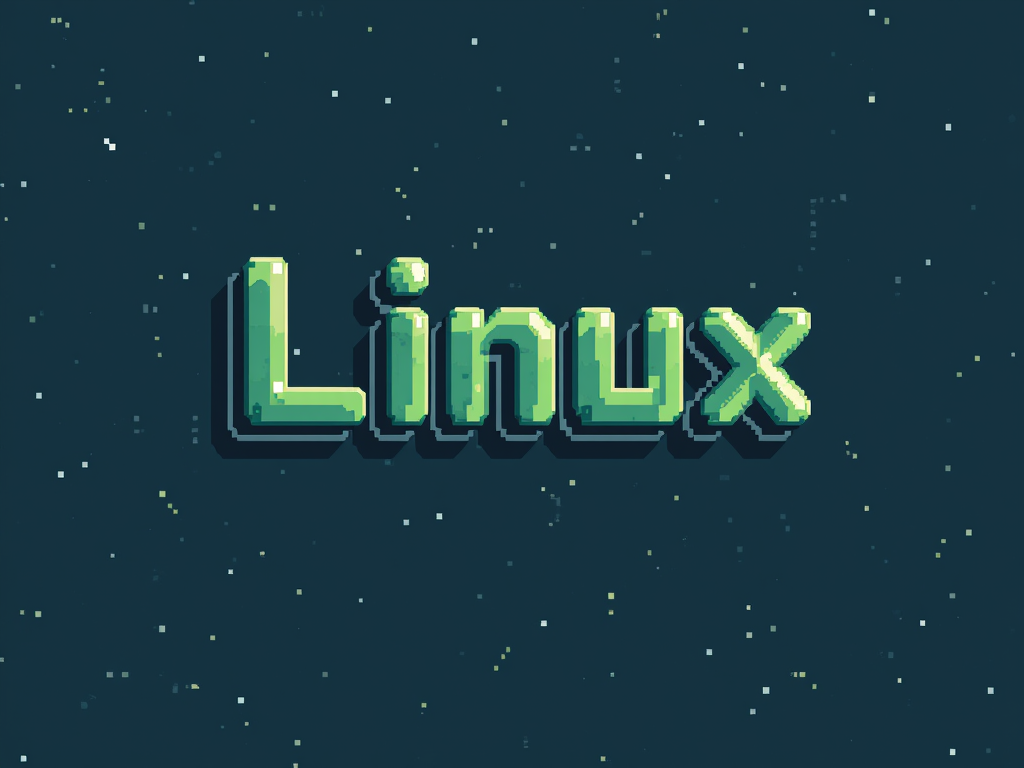Posted inAI
How to Install n8n on Linux Using Docker
How to Install n8n on Linux Using Docker n8n is an open-source workflow automation tool that lets you connect apps and automate repetitive tasks with minimal effort. Think of it…

